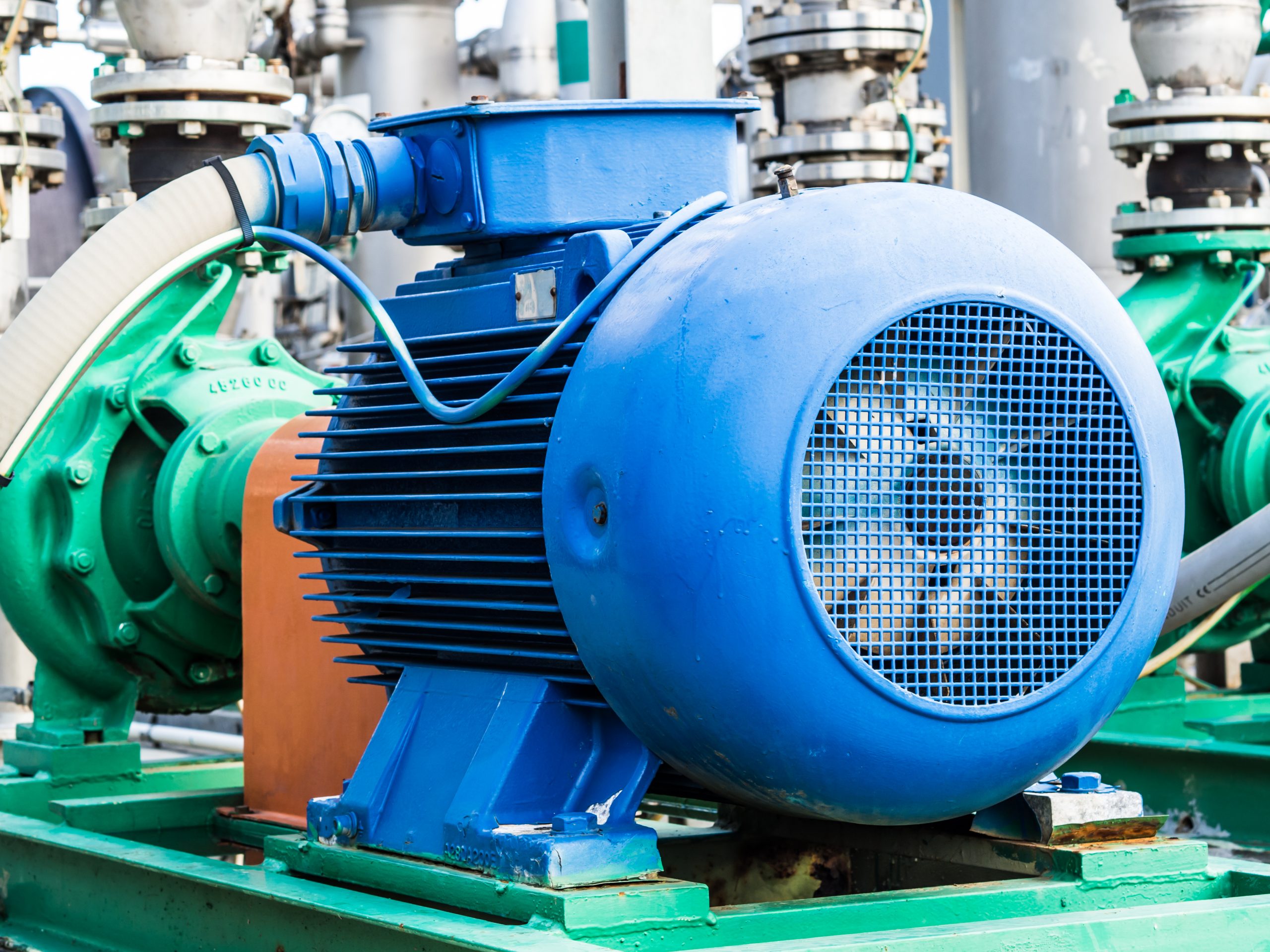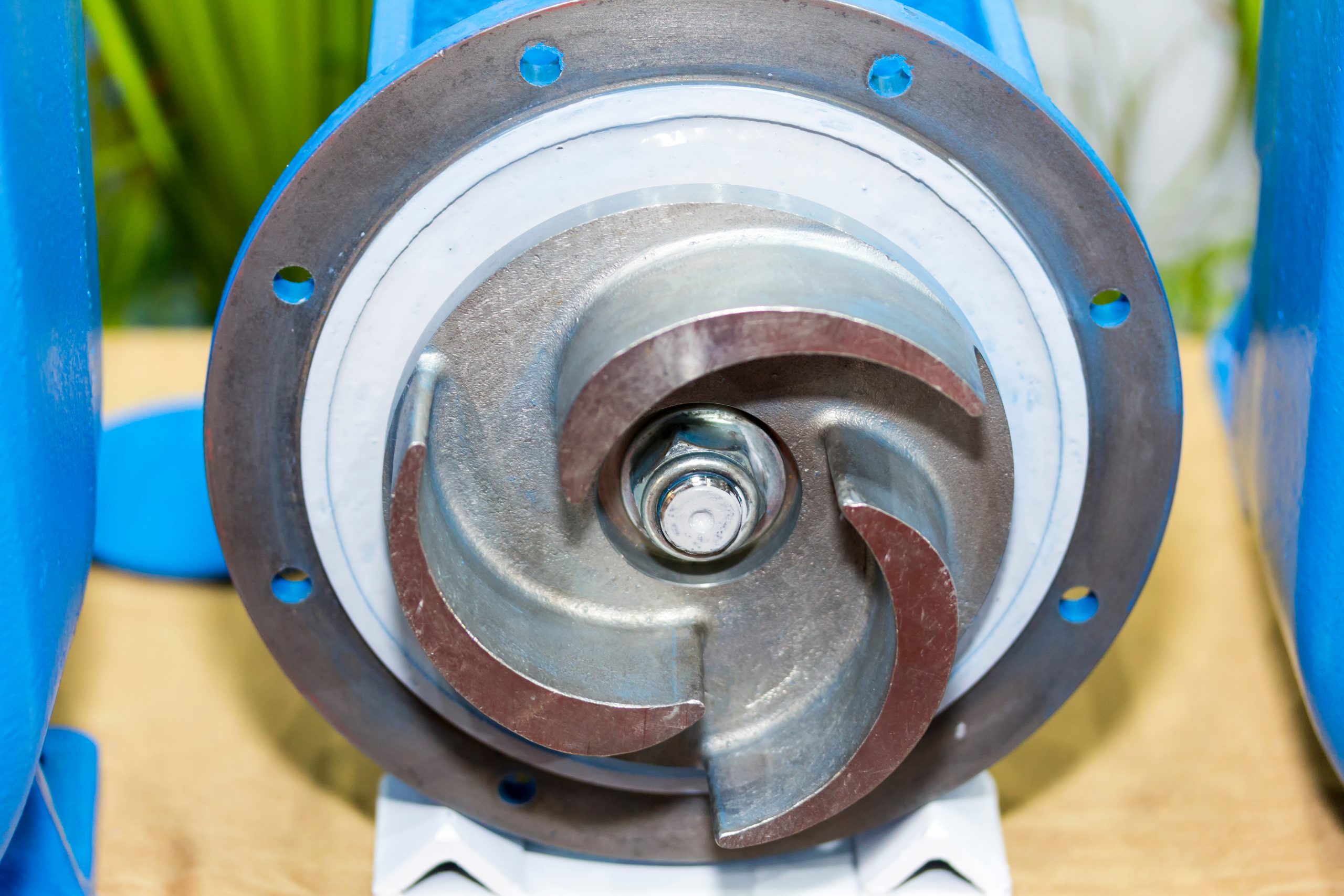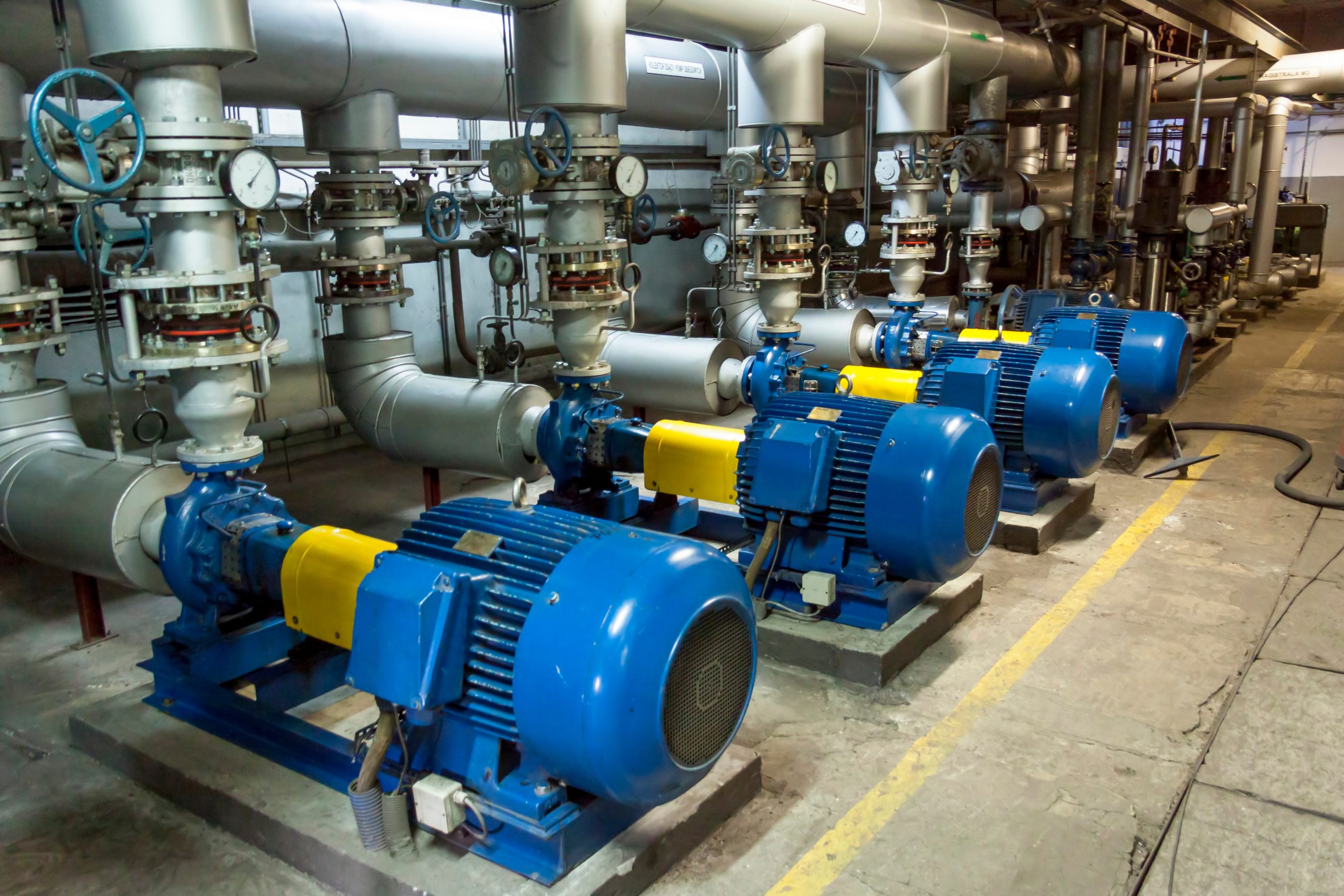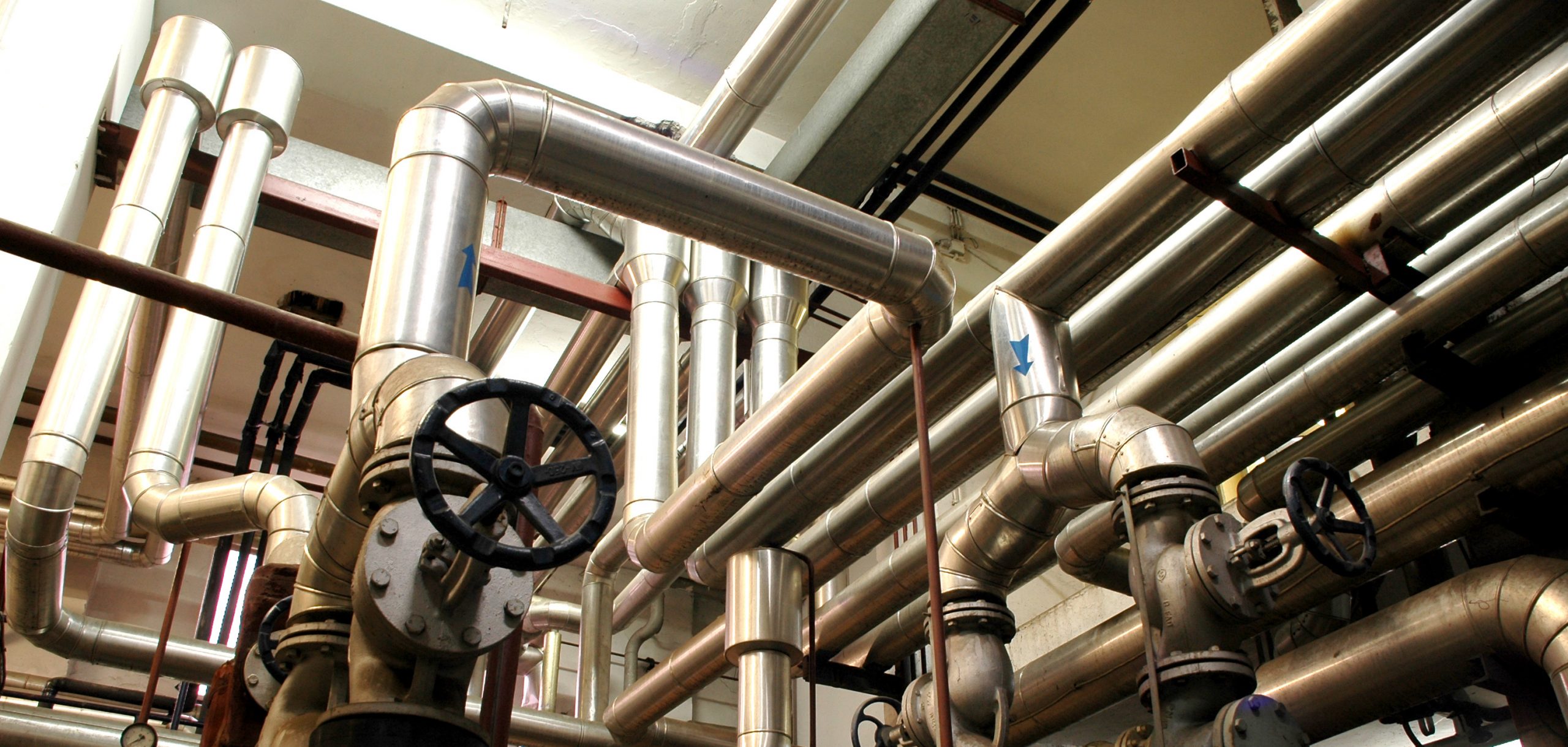Industrial pumps carry out many different responsibilities at industrial and commercial facilities. To shoulder the weight of these responsibilities, industrial pumps consume a great deal of electricity. Improving the energy efficiency of industrial pumps can lead to outstanding energy savings and increased longevity. The article below discusses 8 great ways to enhance industrial pump performance and reduce energy costs.
1. Bigger Isn’t Always Better When Selecting a Pump

It’s often misconstrued that selecting the bigger pump means that the pumping system will be more efficient. That is not always true however. Selecting an oversized pump can lead to a number of issues that include poor performance, reduced efficiency, and a shorter life span. The requirements for an application cannot always be met by an oversized pump and the result is poor performance. An oversized pump will have reduced efficiency because it will have to work harder to achieve the desired flow rate, which also leads to increased energy consumption. Last, but not least an oversized pump encounters increased wear and tear, which can lead to more maintenance related issues and an overall shorter lifespan. When selecting a pump it’s important to consult the manufacturer or distributor to aid in selecting the right pumping system based on application and power requirements. The manufacturer or distributor can also point you in the right direction when it comes to selecting components, such as a mechanical seal or auxiliary equipment that will aid in improving pump performance, efficiency and extending pump life span.
2. Exercise a Periodic Maintenance Schedule
A pump that is routinely maintained will be more energy efficient and regularly perform at its best. If a routine maintenance schedule is not utilized pump internal parts wear down, which lead to the pump working harder and becoming less efficient. Keeping the internal parts clean, free of debris and replacing parts that show signs of wear is essential for a healthy pump.
3. Repairing or Replacing the Impeller

Due to frequent use, pump impellers often become damaged or worn. A damaged or worn impeller reduces a pump’s efficiency. Often replacing or repairing the impeller can help the pump achieve its original performance level. Regularly inspecting the pump is crucial to determining impeller issues. If the pump is being more noisy than usual or struggling to perform, these are signs that the impeller is likely damaged. An impeller can also be damaged by debris getting inside the pump. When that happens, removing the debris and cleaning out the pump will often restore original performance level.
4. Perform Daily Inspections
In addition to exercising a routine maintenance schedule, regularly performing daily inspections of vital pump components is important in supporting a pump’s overall condition. Daily inspections can detect and prevent an issue before it progresses and becomes a bigger problem. Failing to address an issue in its early stages can result in expensive repair or replacement. Clogged pumps, inadequate suction and faulty impellers are some of the problems that can be spotted early with daily inspections.
5. Create a Parallel Pumping System

A facility that uses a parallel pumping system, where multiple pumps are running individually at the same time, will reduce overall energy consumption. Pumps in parallel work by dividing the flow of liquid between two or more pumps, so each pump operates at a lower flow rate. Operating at a lower flow rate means less energy consumption and a decreased chance of a pump being overburdened by flow.
6. Only Operate the Pump When It’s Necessary
When a pump is unnecessarily used it causes excessive power consumption and it becomes less efficient. This is largely due to the components being overworked and subsequently becoming less effective. Frequent pump repairs, replacement and additional expense are the potential consequences from overuse. It is vital to shut down the pump when it’s not in use and use the pressure switches whenever possible.
7. Utilize a Variable Speed Drive (VSD)
A Variable Speed Drive (VSD) is an electronic device that controls the speed of the motor, by differing the frequency of the power supply. The VSD can reduce the speed of the motor, which in turn translates to big energy savings. VSD’s can improve industrial pump energy efficiency for several applications. For example, VDS’s can control the flow rate of water in a pipeline or irrigation system. Reducing the flow means less energy required to pump the water through the system. Another application VSD’s can be used is controlling the speed of circulating water in a cooling system. A decreased speed means increased energy savings.
8. Minimize the Pressure Drop by Optimizing Piping

Optimizing a system’s piping can reduce pressure drop and in turn the system uses less energy. The Hydraulic friction loss is responsible for the reduction of a system’s pressure when media is traveling from one end of straight pipe to another. A number of factors cause this pressure loss, which include pipe size, flow rate, pipe features (surface, construction material, etc…) and the properties of the fluid being pumped. Using appropriate pipe sizes will prevent excessive friction that leads to pressure drop and/or wasted energy. Another way to avoid pressure loss and minimize energy usage is to use valves judiciously. Valves control flow and pressure, but when not used at the proper times can cause significant pressure losses.
Following these tips should lead to an increase in your pumping system’s efficiency and a reduction in energy consumption. Also, being consistent with daily inspections and exercising a periodic maintenance plan should reduce energy costs and increase the longevity of your pump.
